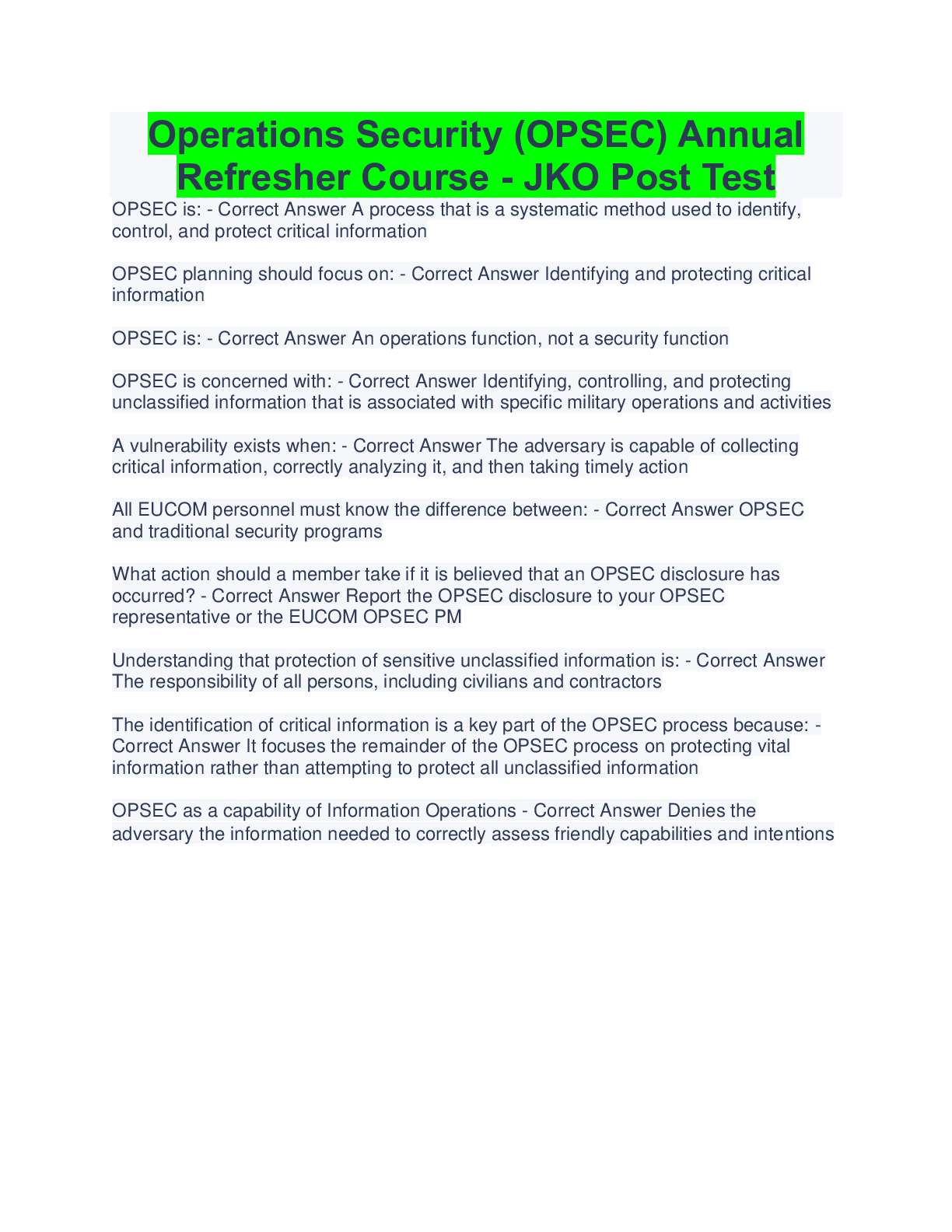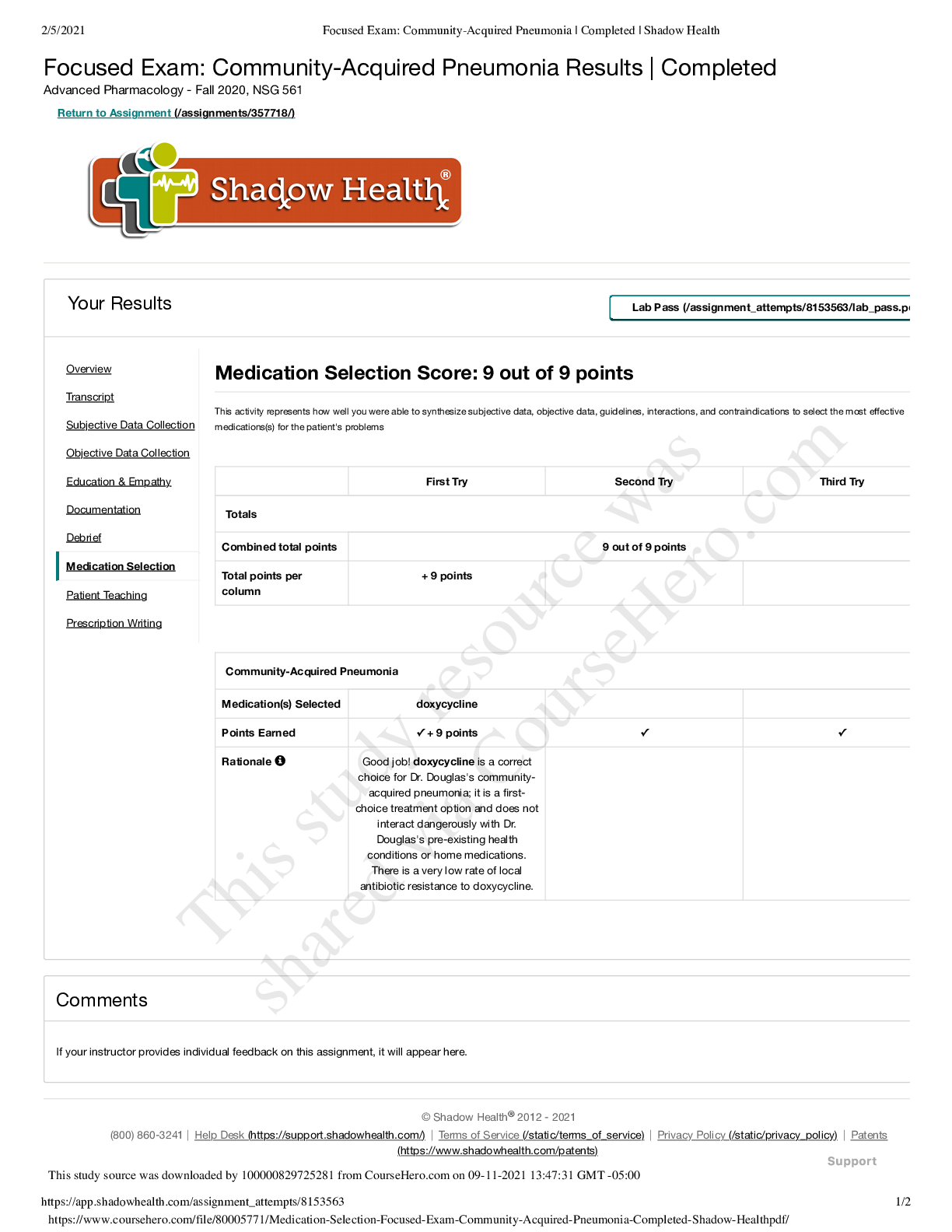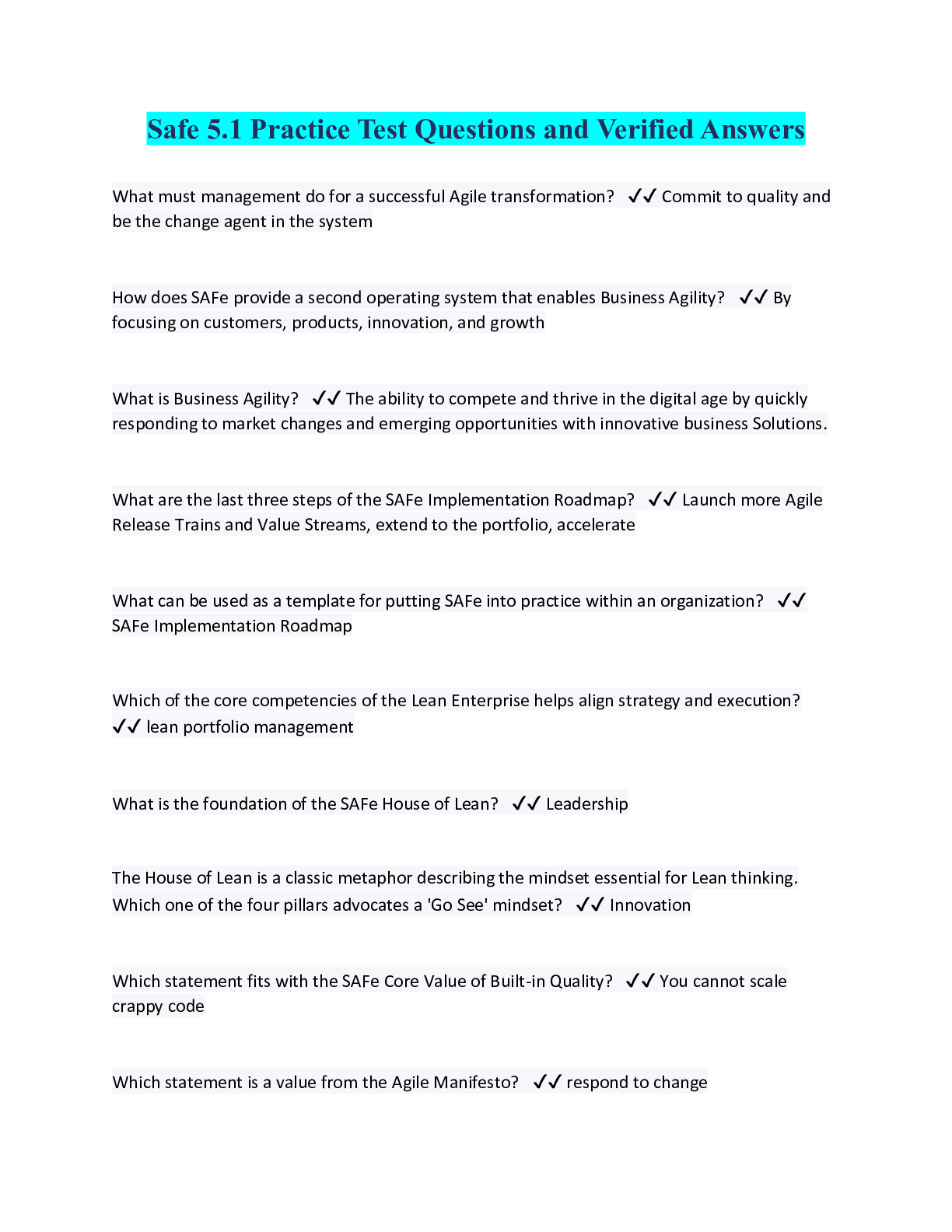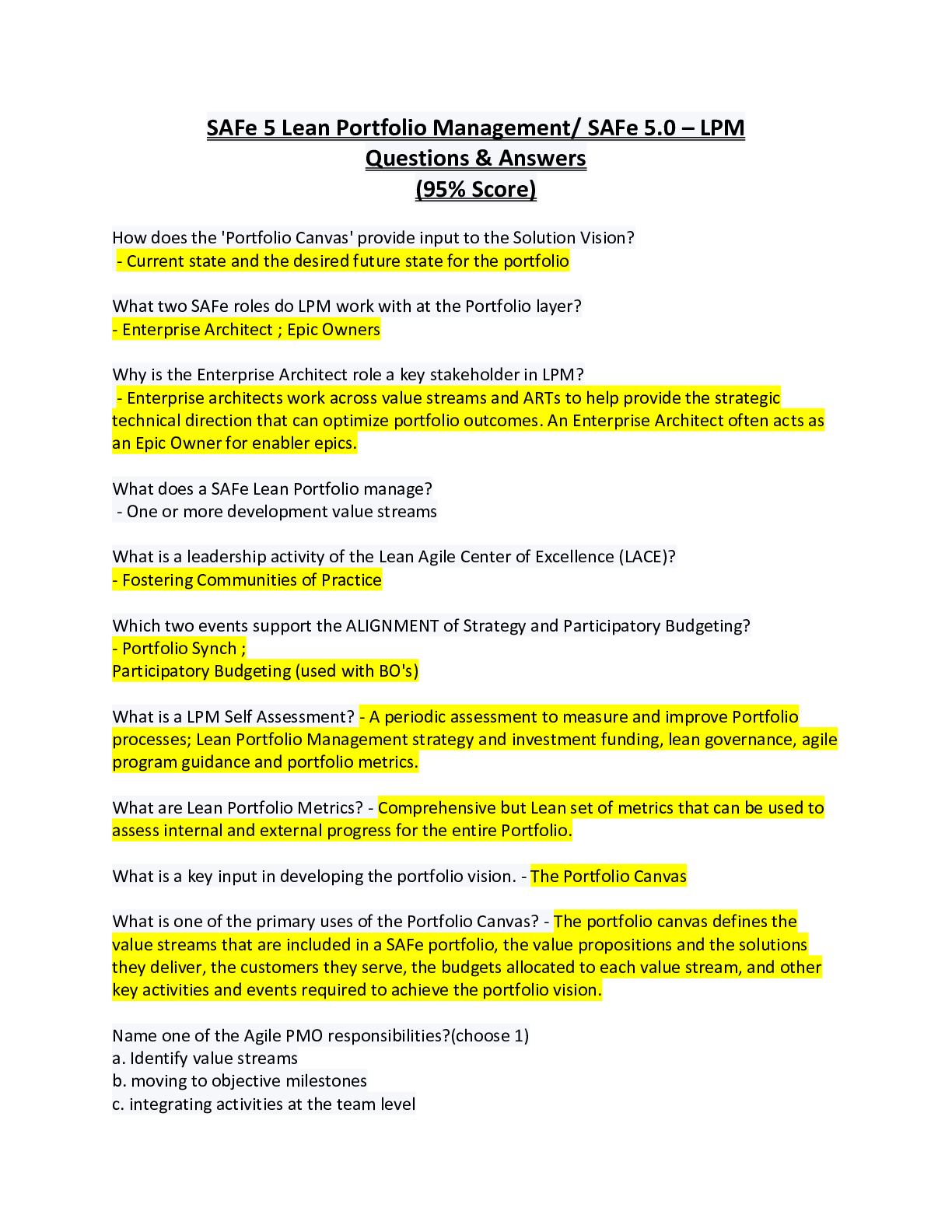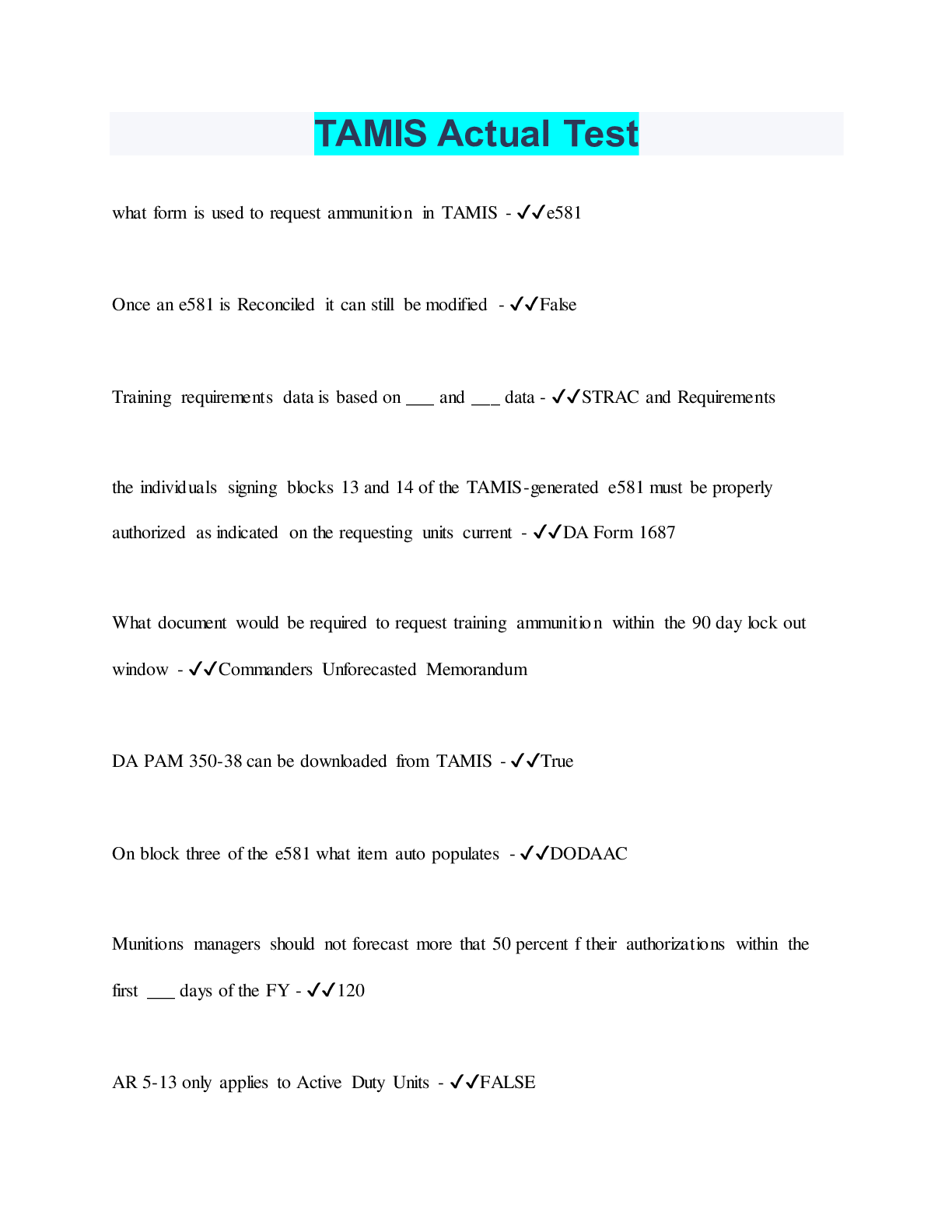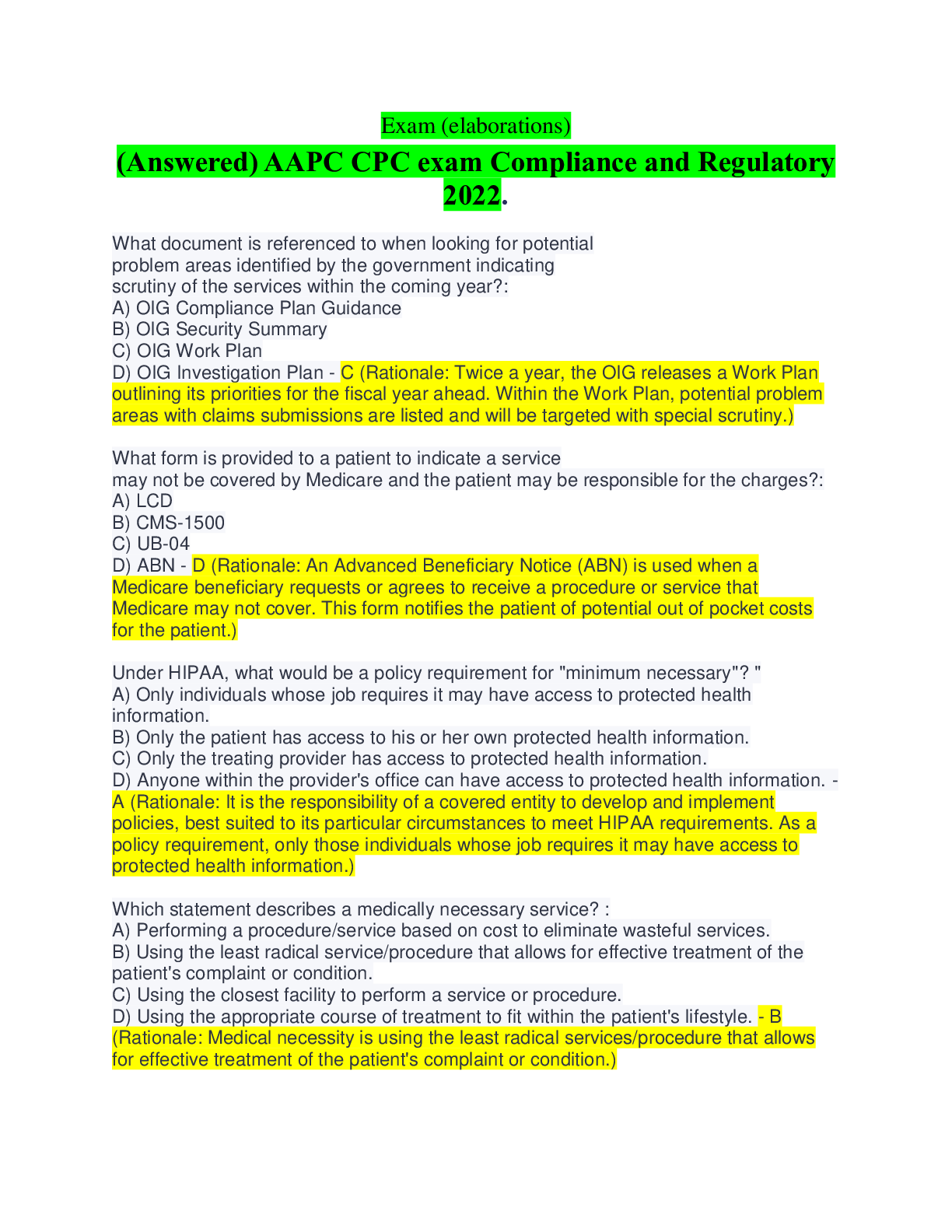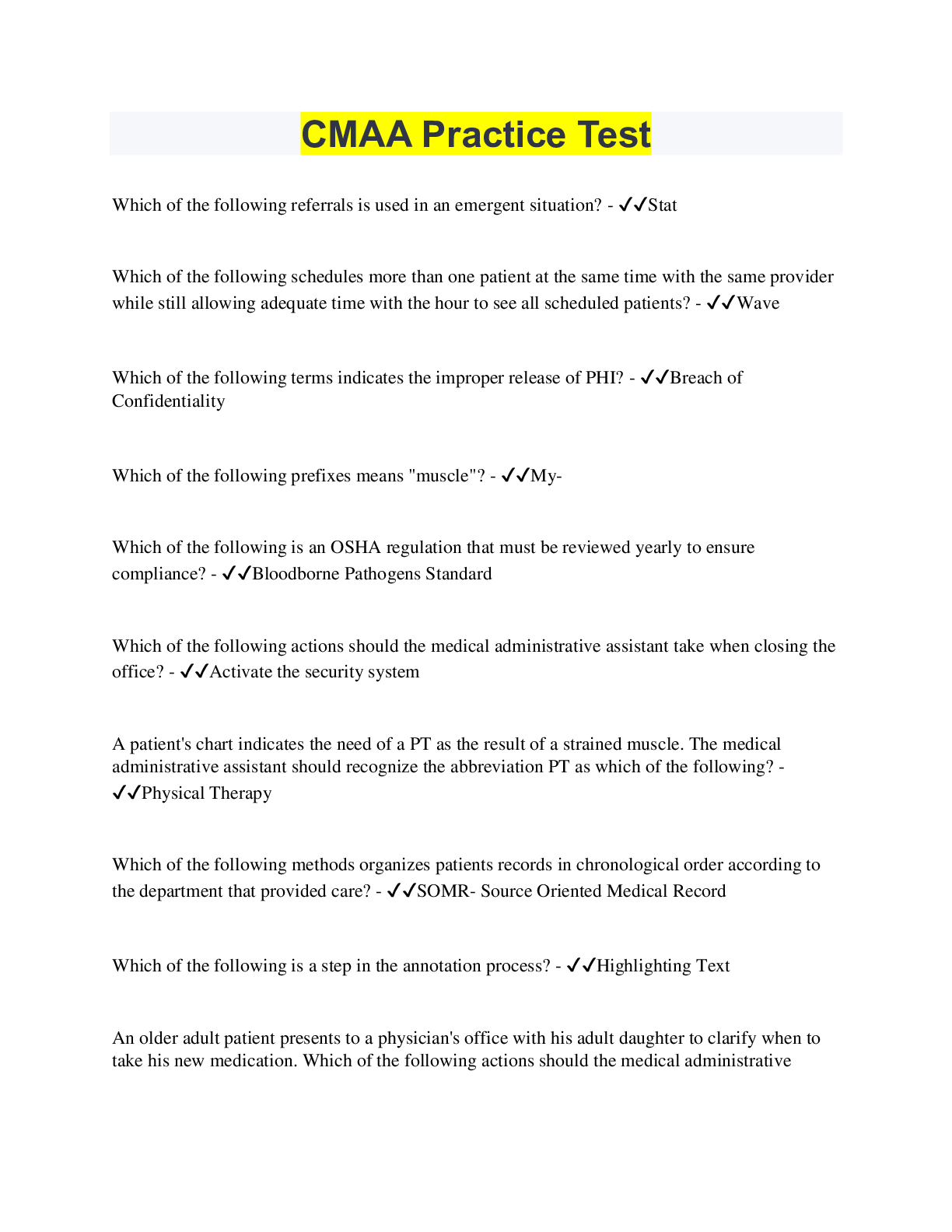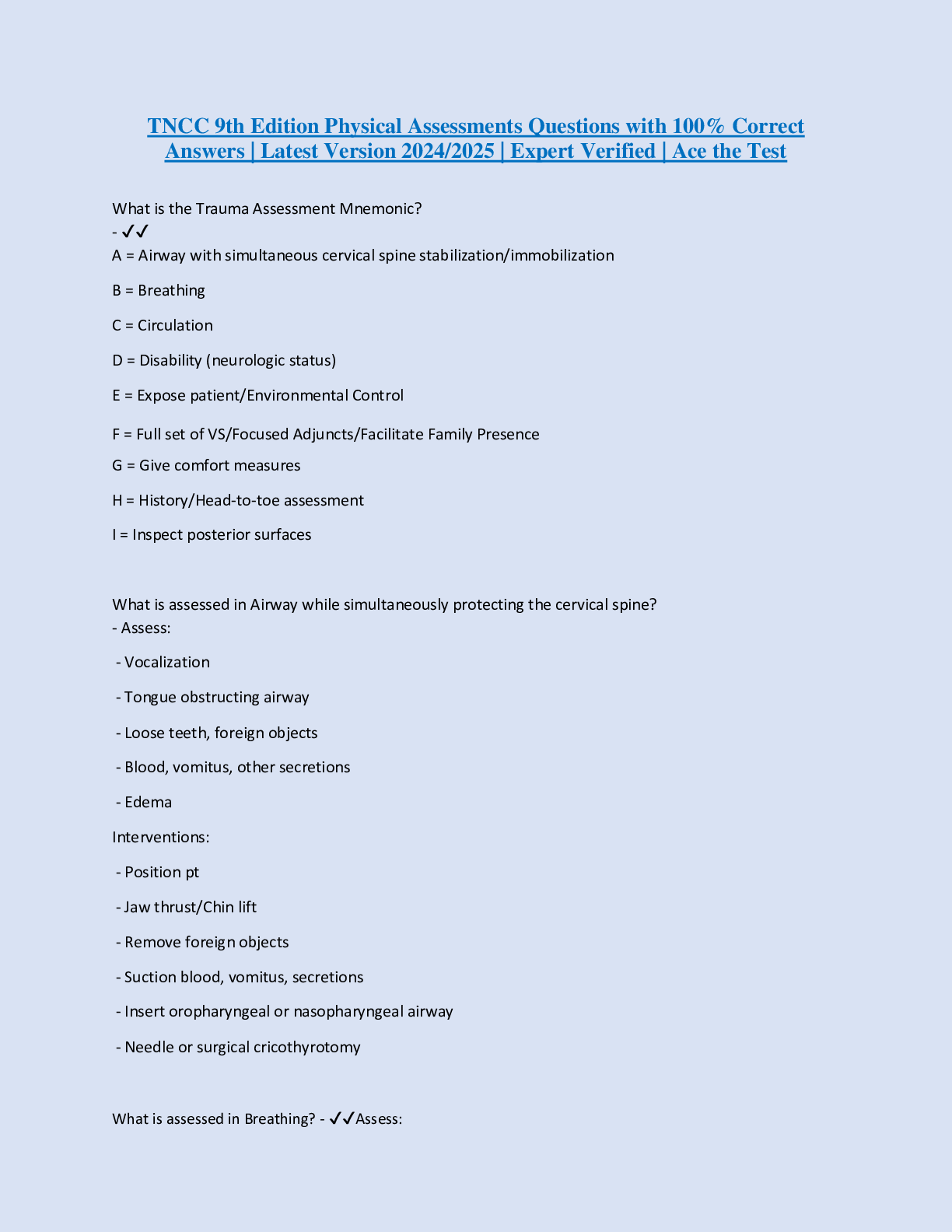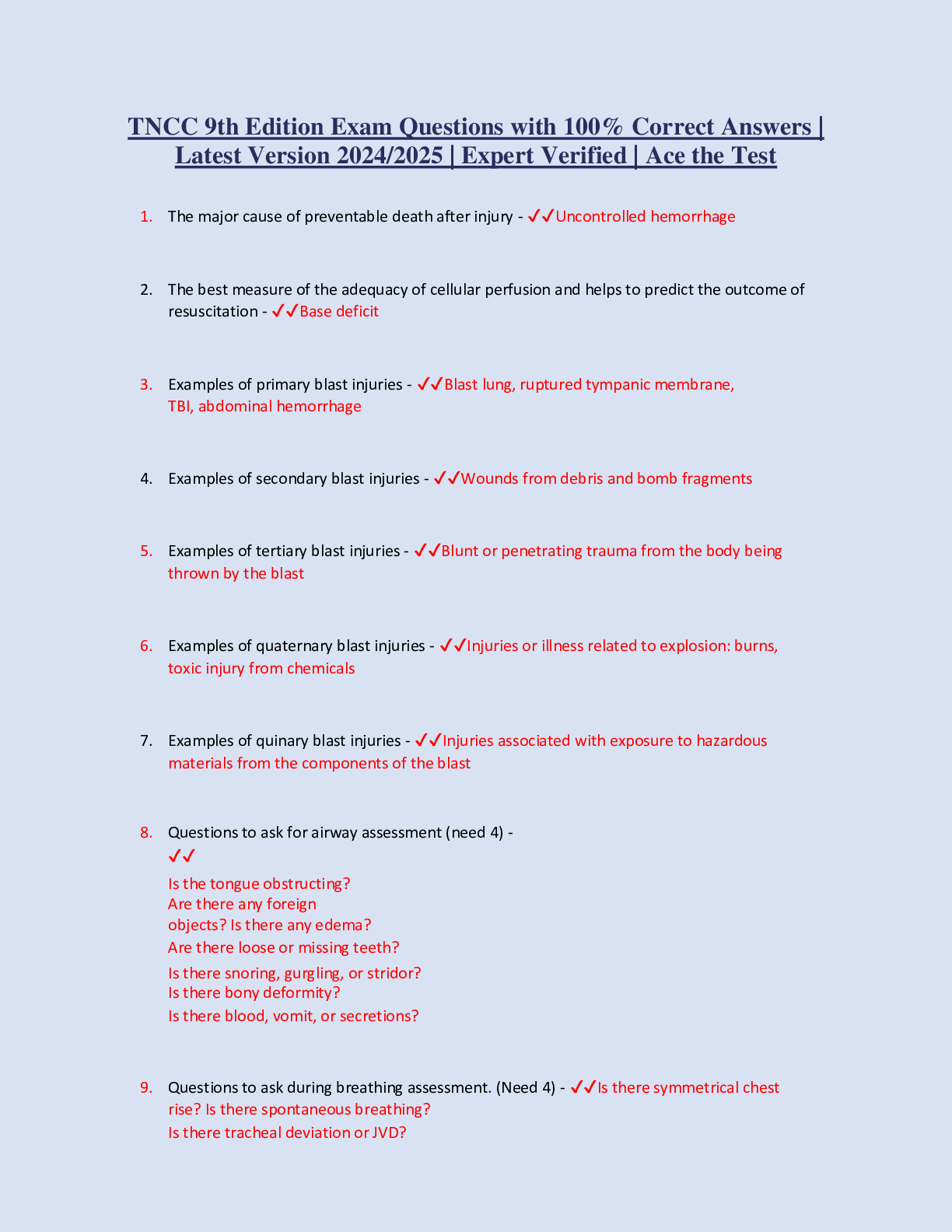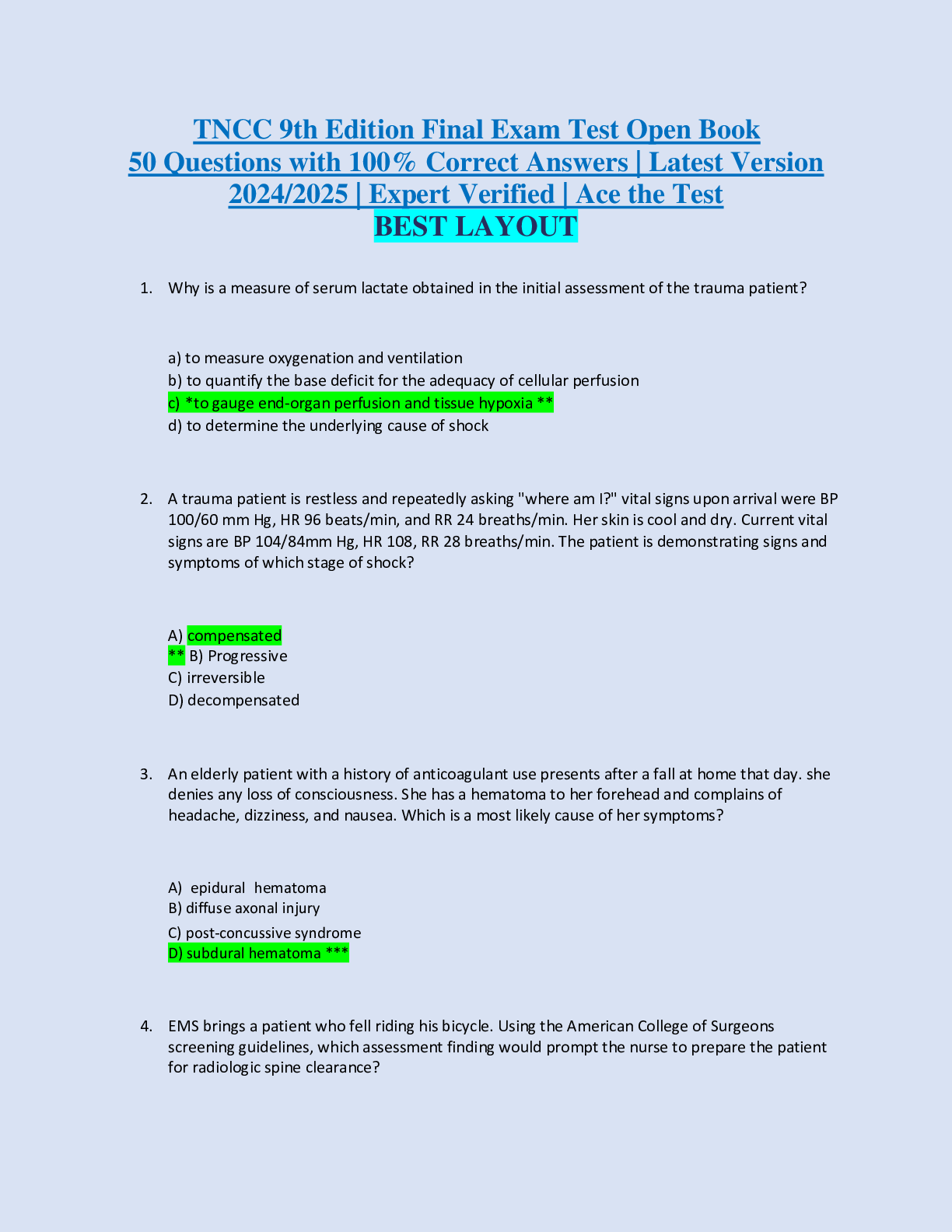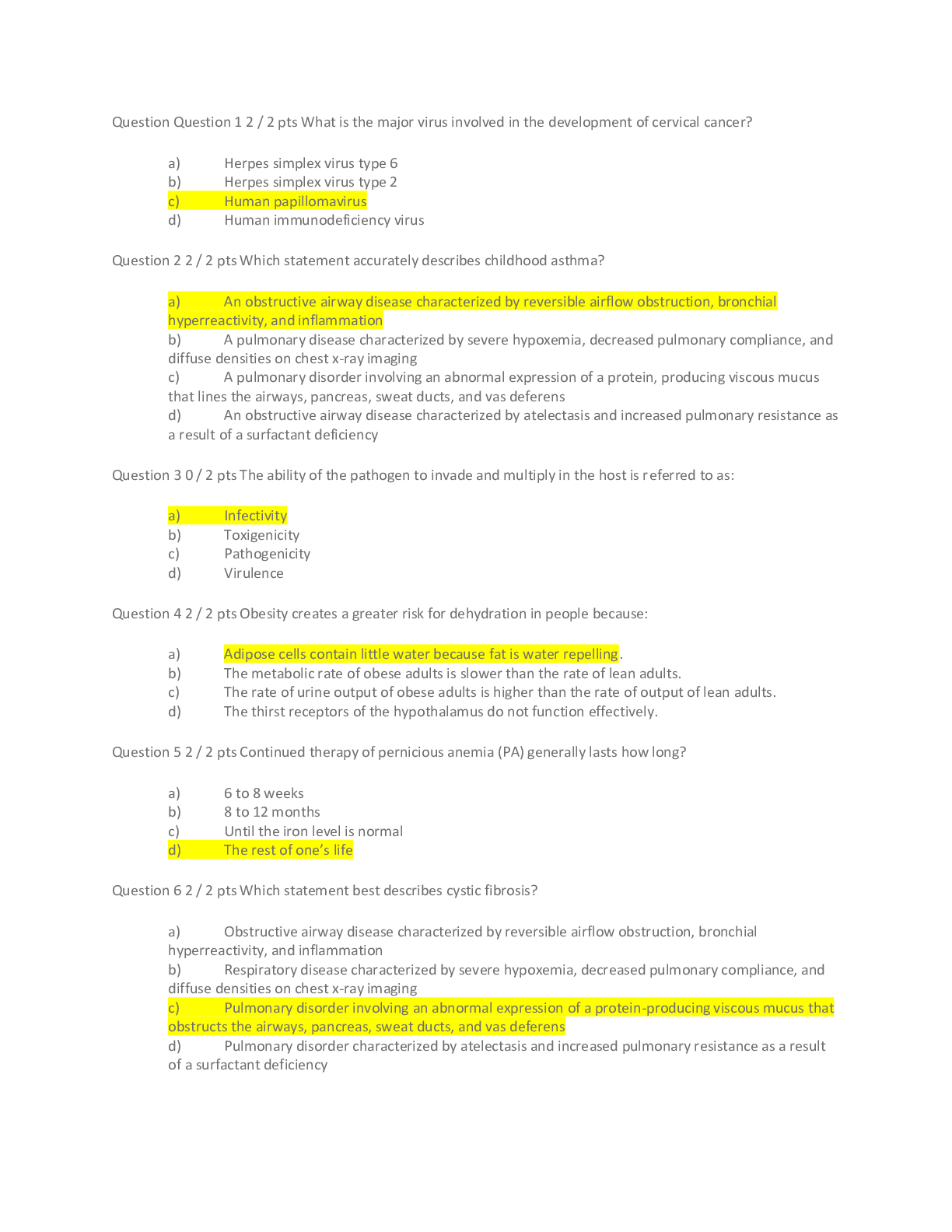Operations Security (OPSEC) Annual Refresher Course
Document Content and Description Below
1) OPSEC is: [Remediation Accessed :N] All answers are correct. A process that is a systematic method used to identify, control, and protect critical information. A set of tactics, tech... niques and procedures requiring daily implementation. A program designed to ensure the safety of all information. 2) OPSEC?s most important characteristic is that: It provides guidance and direction to senior leadership. None of the answers apply. It focuses on the adversary’s vulnerabilities. It is a process. It is a product that is used daily. 3) The purpose of OPSEC is to: [Remediation Accessed :N] Inform all members of the military the dangers associated with improper handling of operational plans. Increase the amount of time required to develop a CONOP or standing plan. Prevent the adversary from gaining access to classified information. Reduce the vulnerability of US and multinational forces from successful adversary exploitation of critical information. All answers apply. 4) OPSEC is: A COMSEC function and not a security function. An operations function, not a security function. A security function not an operations function. None of the answers are correct. All of the answers are correct. 5) OPSEC is concerned with: The daily administrative activities associated with military operations. Identifying and controlling classified information. Identifying and controlling classified and unclassified information. Controlling the operations of daily activities. Identifying, controlling, and protecting unclassified information that is associated with specific military operations and activities. 6) The Joint COMSEC Monitoring Activity provides OPSEC assistance by: [Remediation Accessed :N] Monitoring unclassified government telephones and monitoring NIPR email traffic. Monitoring communications only for specific named operations. Monitoring unclassified government telephones. Monitoring NIPR email traffic. Monitoring of COMMAND SECURITY (COMSEC) processes and procedures. 7) The identification of critical information is a key part of the OPSEC process because: It focuses the remainder of the OPSEC process on protecting vital information rather than attempting to protect all unclassified information. It is the fifth and final step of the OPSEC process. None of the answers are correct. It focuses the OPSEC process on protecting all unclassified information. It is required by the JTF commander to formulate operational COAs in the planning process. 8) What is the CIL? None of the answers are correct. The Consolidated Intelligence Listing. The Center for Information at Langley. ...........................................................................................continued.................................................................................................. [Show More]
Last updated: 1 year ago
Preview 1 out of 17 pages
Instant download

Instant download
Reviews( 0 )
Document information
Connected school, study & course
About the document
Uploaded On
Nov 27, 2022
Number of pages
17
Written in
Additional information
This document has been written for:
Uploaded
Nov 27, 2022
Downloads
0
Views
63

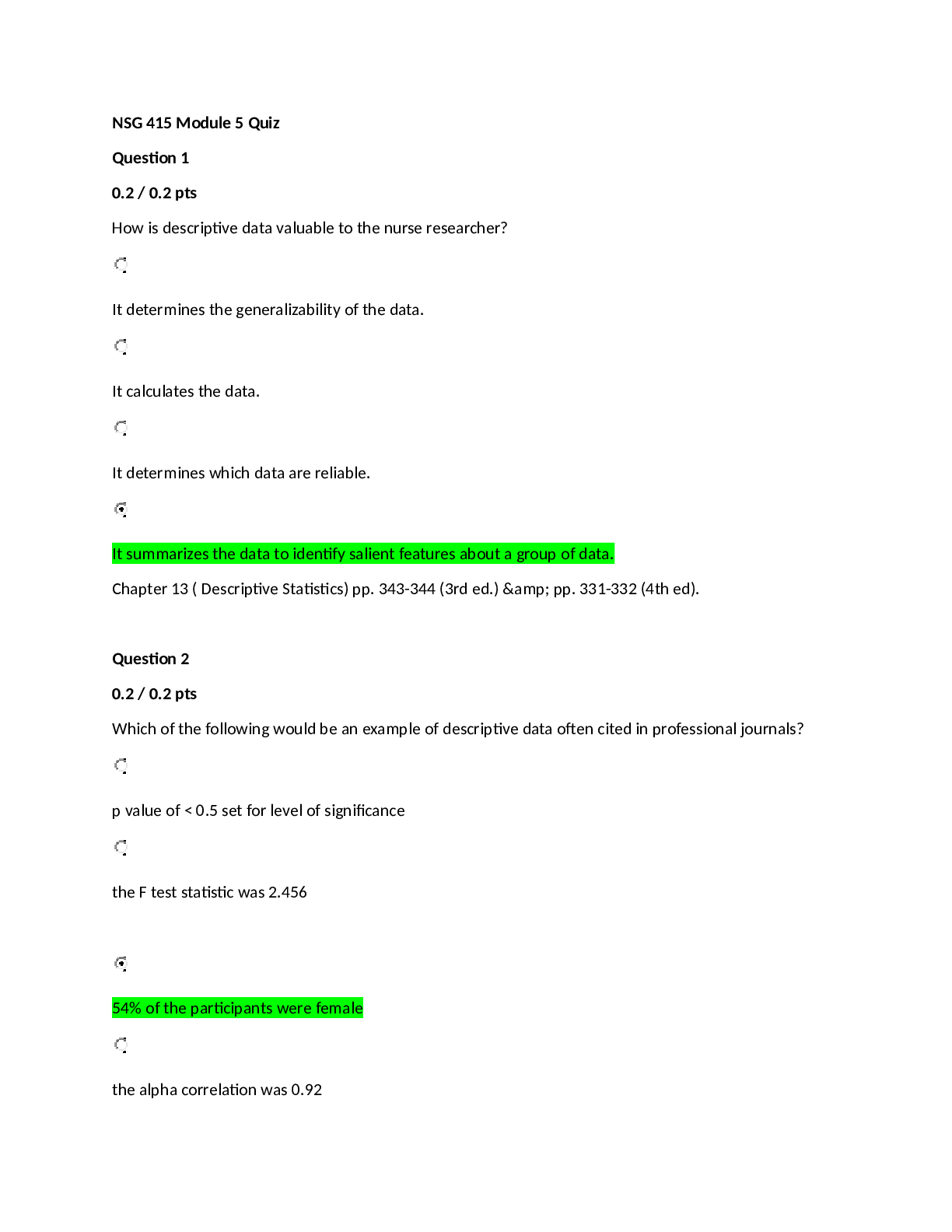



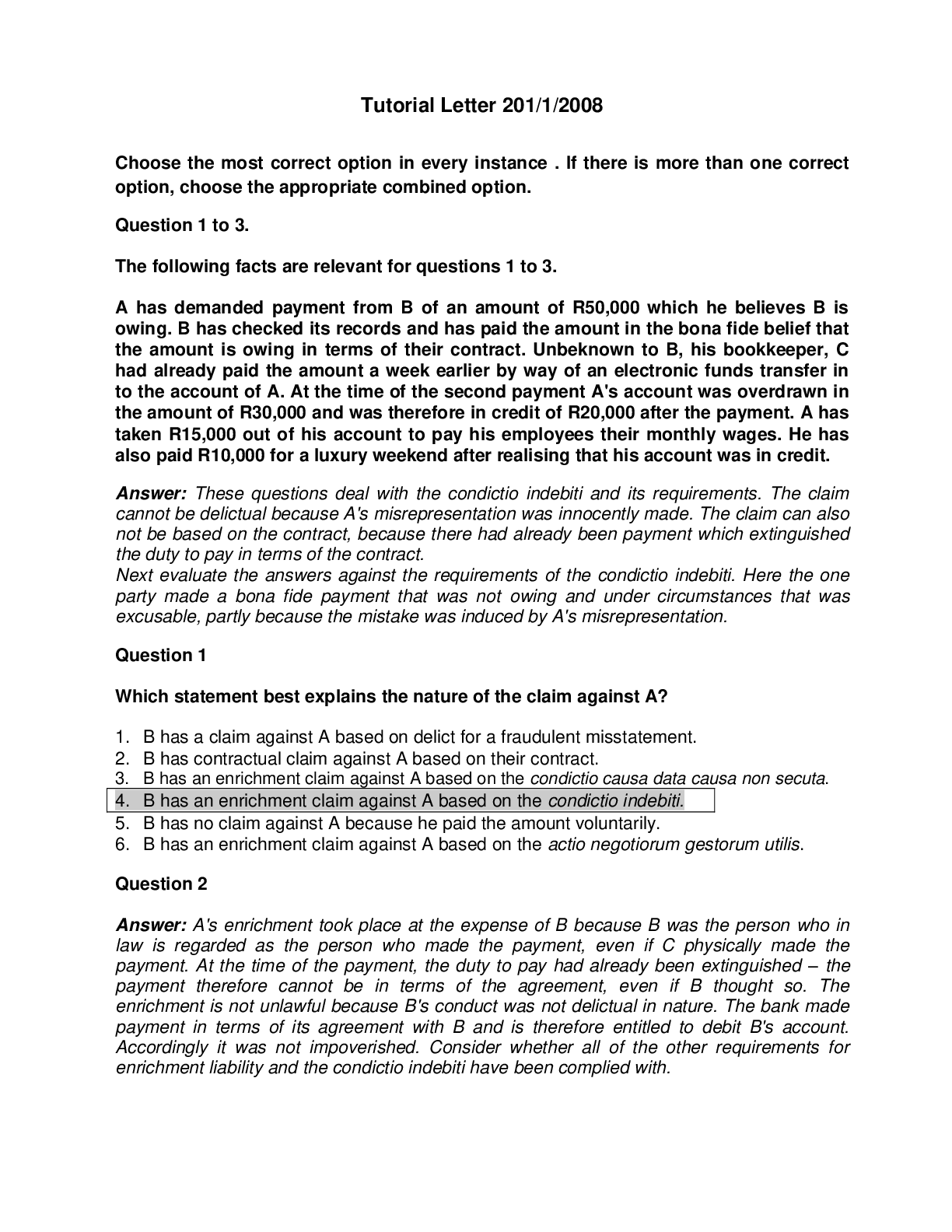
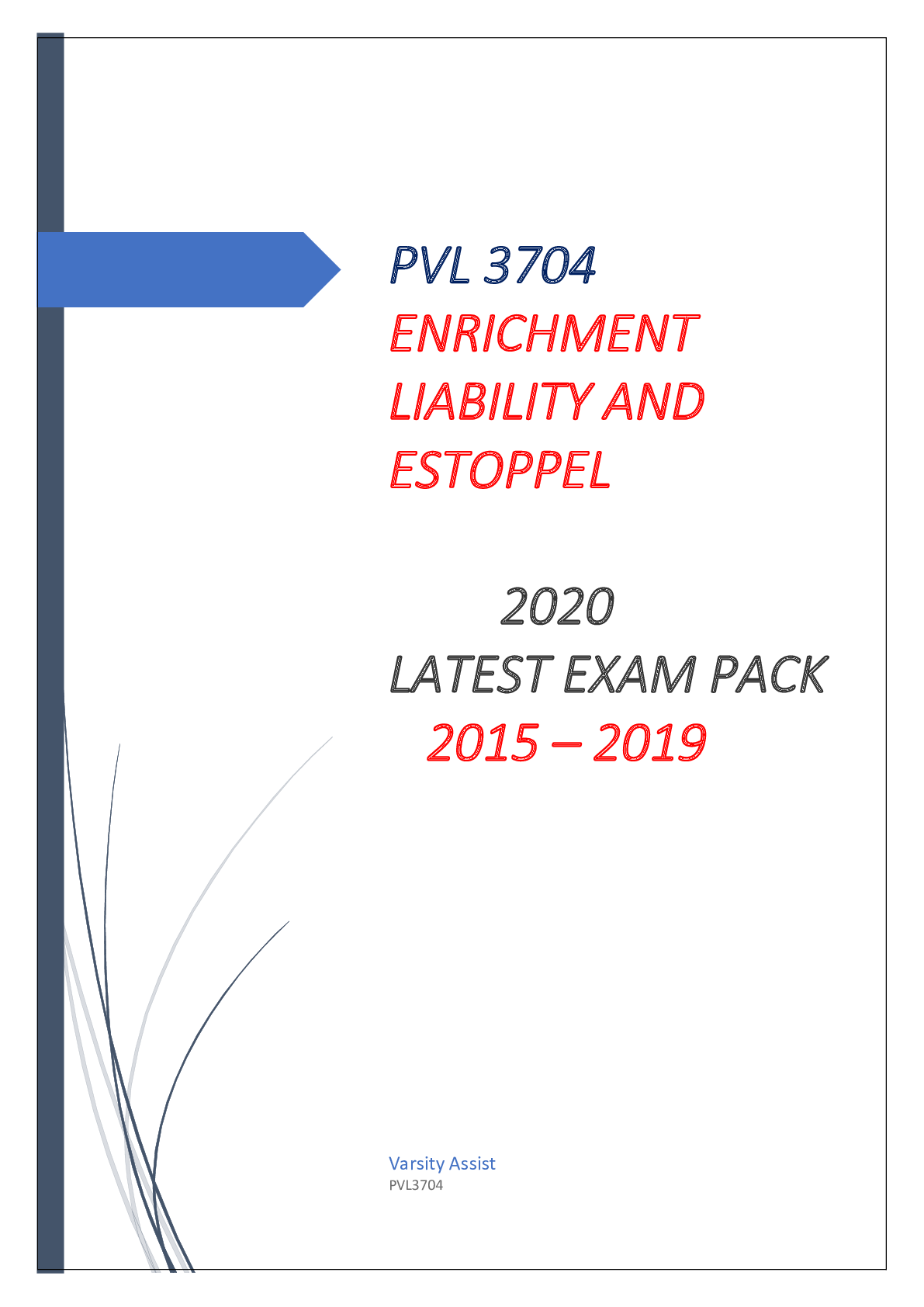
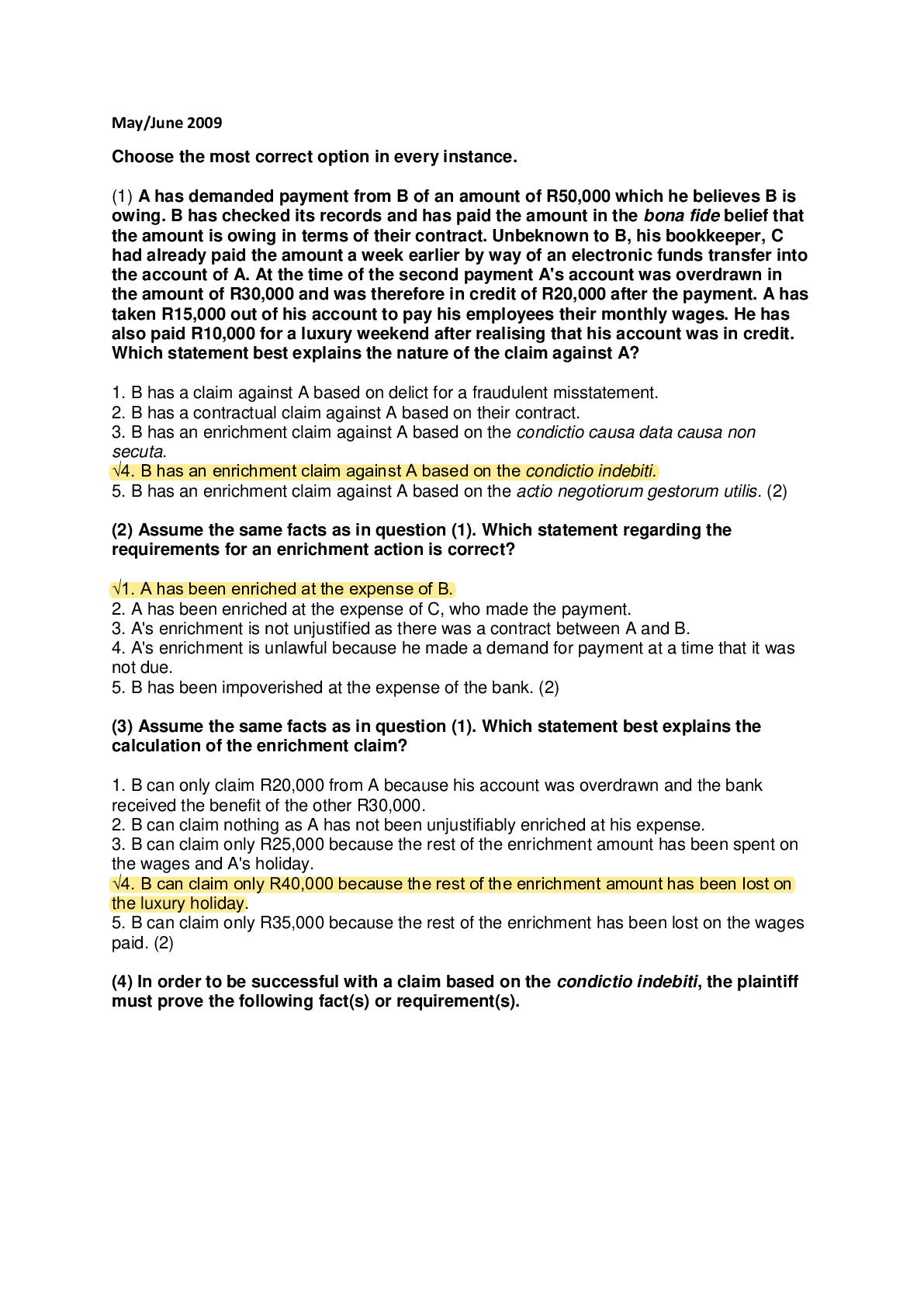


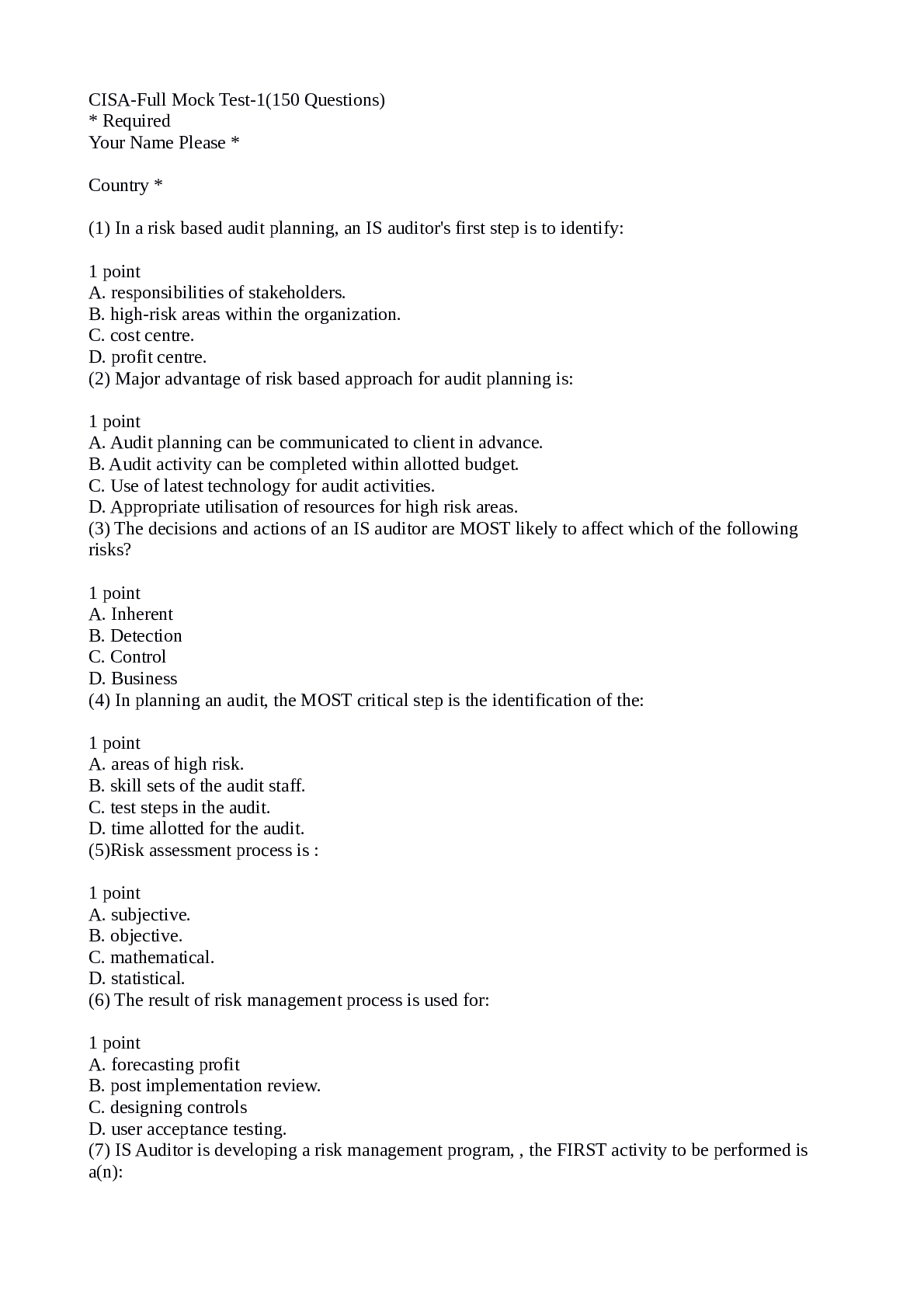
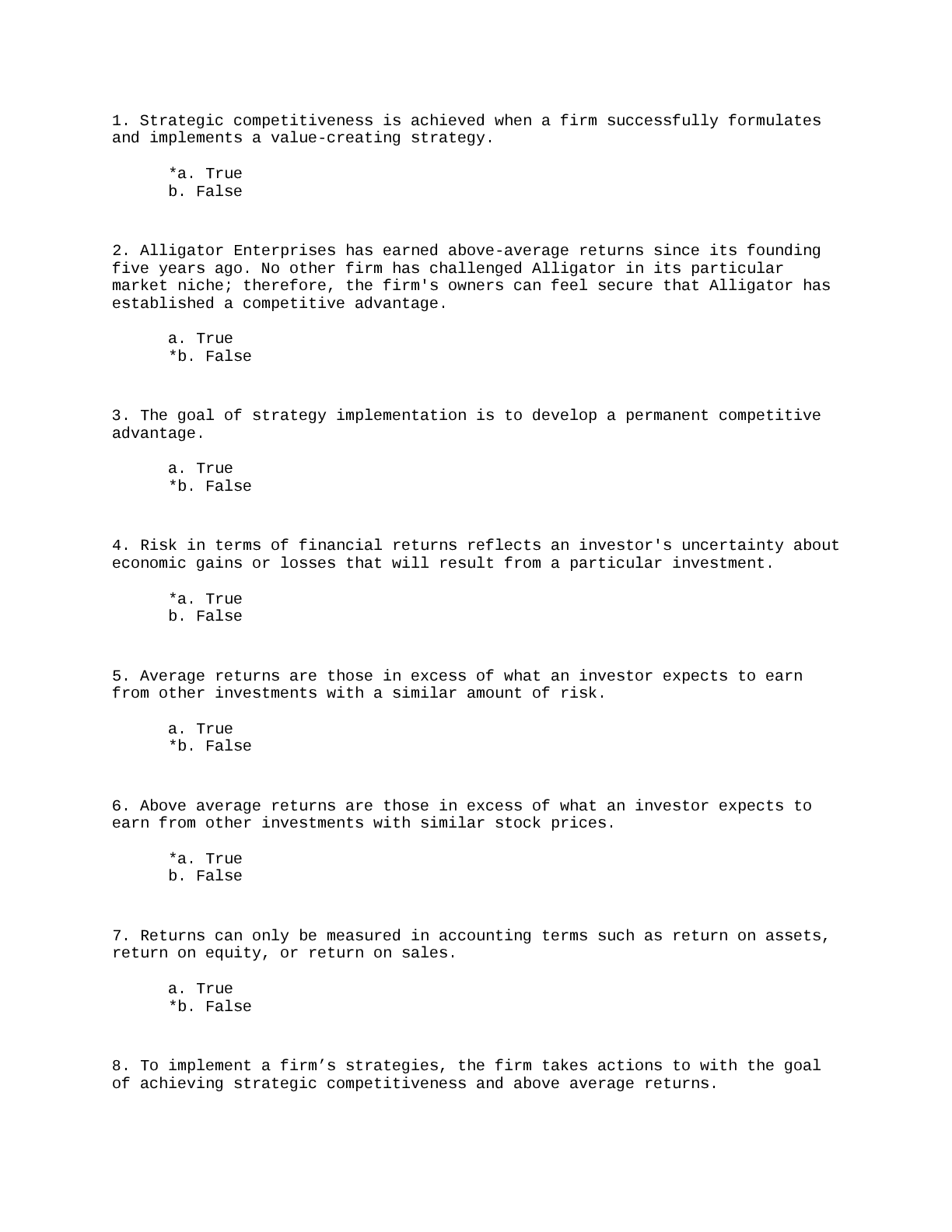
.png)

.png)

